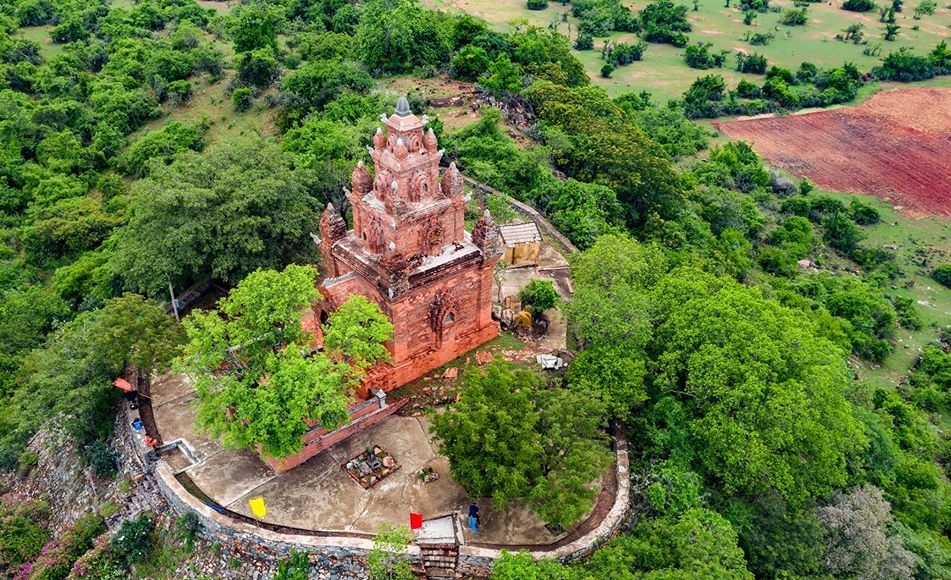
Panoramic view of Po Rome tower from above (Photo TL)
Po Rame Temple and Tower Architectural and Artistic Relic
Po Rame Temple and Tower Relics are located in Hau Sanh village, Phuoc Huu commune, Ninh Phuoc district, Ninh Thuan province. Po Rame Temple and Tower Relics is a cluster of relics including a fire tower that was burned down and completely collapsed, leaving only brick ruins and the main tower worshiping the statue of Mukhalinga-yoni Po Rame and Queen Po Bia Than Can, carved from stone. Po Rame Tower was built late, around the 17th century on Mbuen Caow hill, the main door of the tower faces East, the remaining 3 sides are fake doors decorated with flame patterns made of fired ceramic. Behind the tower, there is a statue of the secondary queen Po Bia Than Cih in a temporary house and a row of Kut stones with carved patterns. In front of the tower door, there are 2 stone Nandin sacred cows. In 1992, Po Rame Temple and Tower Relics was ranked as a National Architectural and Artistic Relic. The Mukhalinga-yoni Po Ramê statue was recognized as a National Treasure in 2024.
Po Rame Temple Tower is the center of religious and belief activities of the Cham community. Every year, the temple tower organizes cultural ceremonies and festivals such as Yuer Yang, Kate, Cambur and opens the tower. In particular, on the occasion of the Kate Festival, the Raglay community from the mountainous area of La-A village, Phuoc Ha commune, Thuan Nam district comes to participate in the worship and perform ma la on the temple tower with the Cham community. According to ancient customs, the Raglay people preserve and maintain the temple's costumes. Therefore, on the day of the Kate Festival, the Raglay people carry their costumes down the mountain and hand them over to the Cham people to perform the ritual of dressing the god before offering the ceremony.
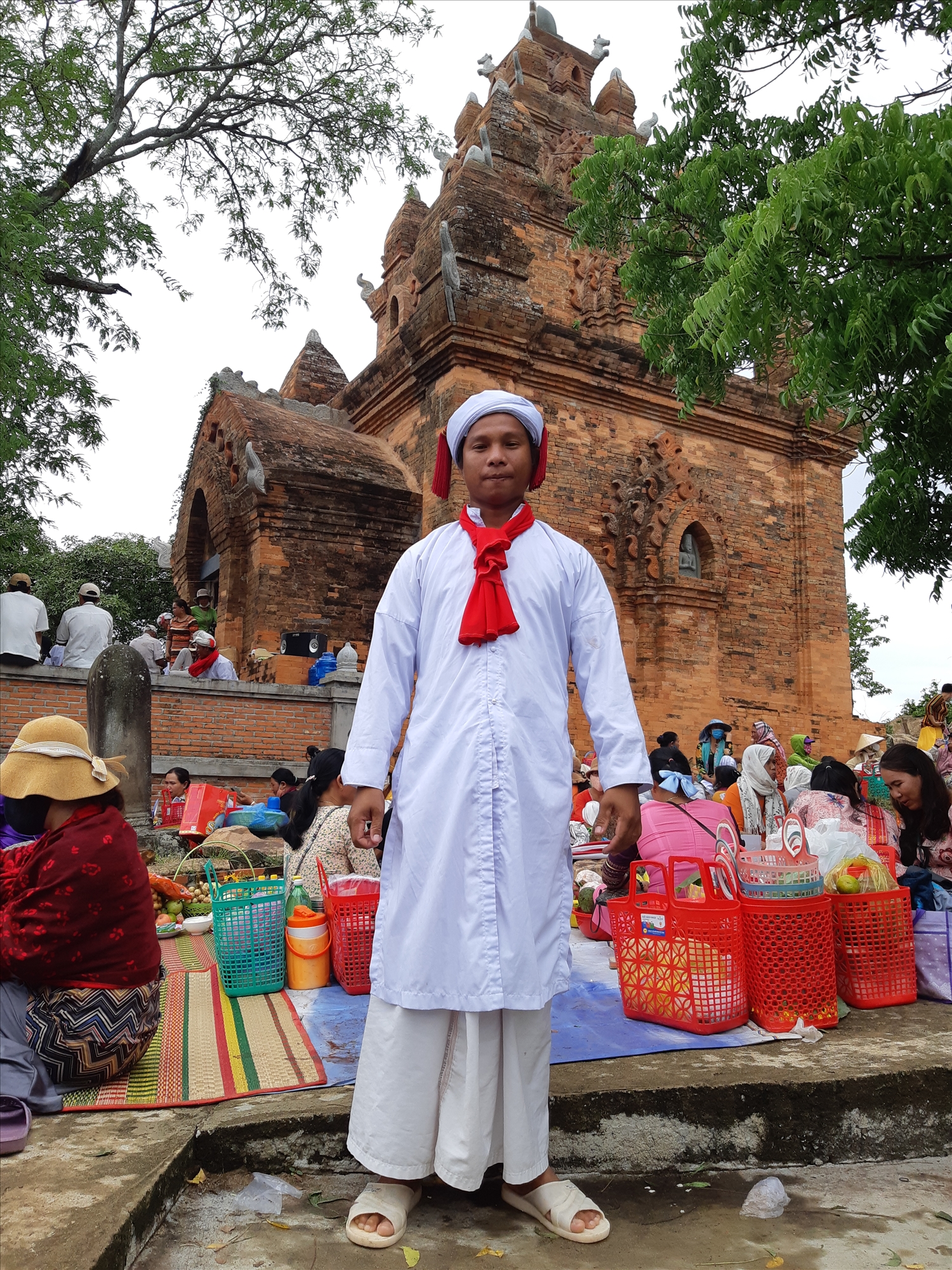
Cham people practice their beliefs at Po Rame Temple and Tower.
The legendary story of King Po Rame
According to historical sources in the Cham language in the work "Royal Chronicle of Cham" (Sakarai dak rai patao Cham), King Po Rame ruled the Champa kingdom for 24 years (1627-1651). He had many great contributions in organizing the construction of irrigation works, leading water to the fields to serve the development of agricultural economy and wet rice cultivation. Currently, the irrigation works built during the reign of King Po Rame are still exploited and put into use by the Cham people, such as the Maren dam system, Cha Vin dam, Ca Tieu dam and Da dam, leading water through Cham villages in Thuan Nam and Ninh Phuoc districts. Besides focusing on the development of irrigation and agricultural economy, King Po Rame was the one who reconciled the two religions of Brahmanism and Islam, living in harmony and having close relationships with each other in religious and belief activities. From there, he ended the religious conflict in the Cham community, creating a unique cultural identity of the Cham people.
Regarding the background of King Po Rame, the Cham people said that the king's mother fell in love with a man from the common class, so the Royal Council opposed it. While pregnant with Po Rame, his mother had to flee from the family where she gave birth to him. Born in a situation lacking love from her family, his mother named him Ja Kathaot, which means Poor Man. Since childhood, Po Rame worked as a hired buffalo herder for a rich family. One day, because he fell asleep, the buffalo herd went far away to find food and destroyed the king's crops. Po Rame and his mother came to ask to redeem the buffalo, but he did not dare to enter, just sat shyly outside the door. The astrologer told the king that the young man outside would become the king in the future, so he had the buffalo brought back. Later, the king married his youngest daughter to Po Rame and gave him the power to inherit the throne. Since then, a brilliant Po Rame dynasty opened in the history of Champa.
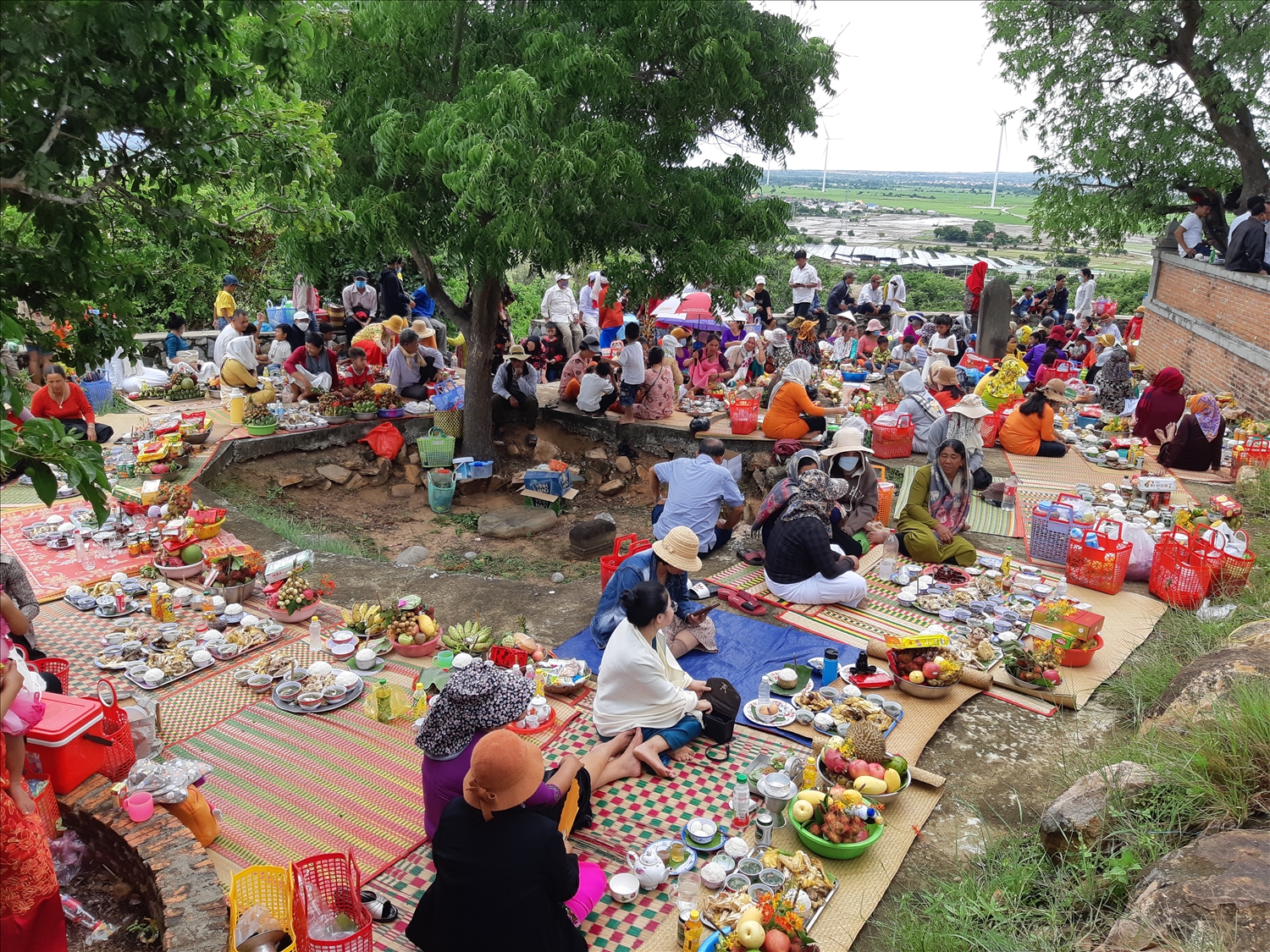
Cham community celebrates Kate Festival at Po Rame Temple
The spirit of national unity of the Po Rame dynasty
Po Rame focused on establishing close relations with the ethnic groups in the Central Highlands of Truong Son. He married an Ede girl to become his queen. Thanks to her virtue, the Ede Queen named Bia Than Can was sculpted and worshiped together with the king in the tower. Queen Bia Than Can was approved by the Royal Council to be cremated at the stake along with Po Rame. At the same time, Po Rame strengthened his connection with the Malay community in Southeast Asia, which had cultural similarities with the Cham people.
The Po Rame dynasty gave birth to the Rija ritual system such as Rija Dayep and Rija Praong, which had a profound influence on the beliefs and rituals of the Cham people. In diplomatic relations with Dai Viet, King Po Rame maintained a peaceful , cooperative and stable relationship. The diplomatic relationship was even strengthened by marriage, Po Rame married Princess Ngoc Khoa, daughter of Lord Nguyen Phuc Nguyen.
During the restoration of Po Rame Temple, scientists discovered an ancient tomb with human skeletons. From there, scientists hypothesized that the tomb may have belonged to the Cham concubine Bini (Ba Ni), so when she died, she was buried, not cremated. This is considered the only tomb discovered in the Cham temple space…
The glorious Po Rame dynasty left behind many diverse and rich cultural heritages that deeply influenced the cultural identity, beliefs and religions of the Cham community. The sculptures and decorations on the Po Rame temple towers greatly influenced the Kut stone sculptures of the Cham people. The culture of worshipping Kut stones, that is, the matriarchal cemetery of the Cham people, appeared from the Po Rame dynasty. Today, according to the customs and beliefs of the Cham people, the Po Rame temple tower area has the right to create Kut for the Cham clans. This custom is respected and practiced in the Cham Brahmanism community.
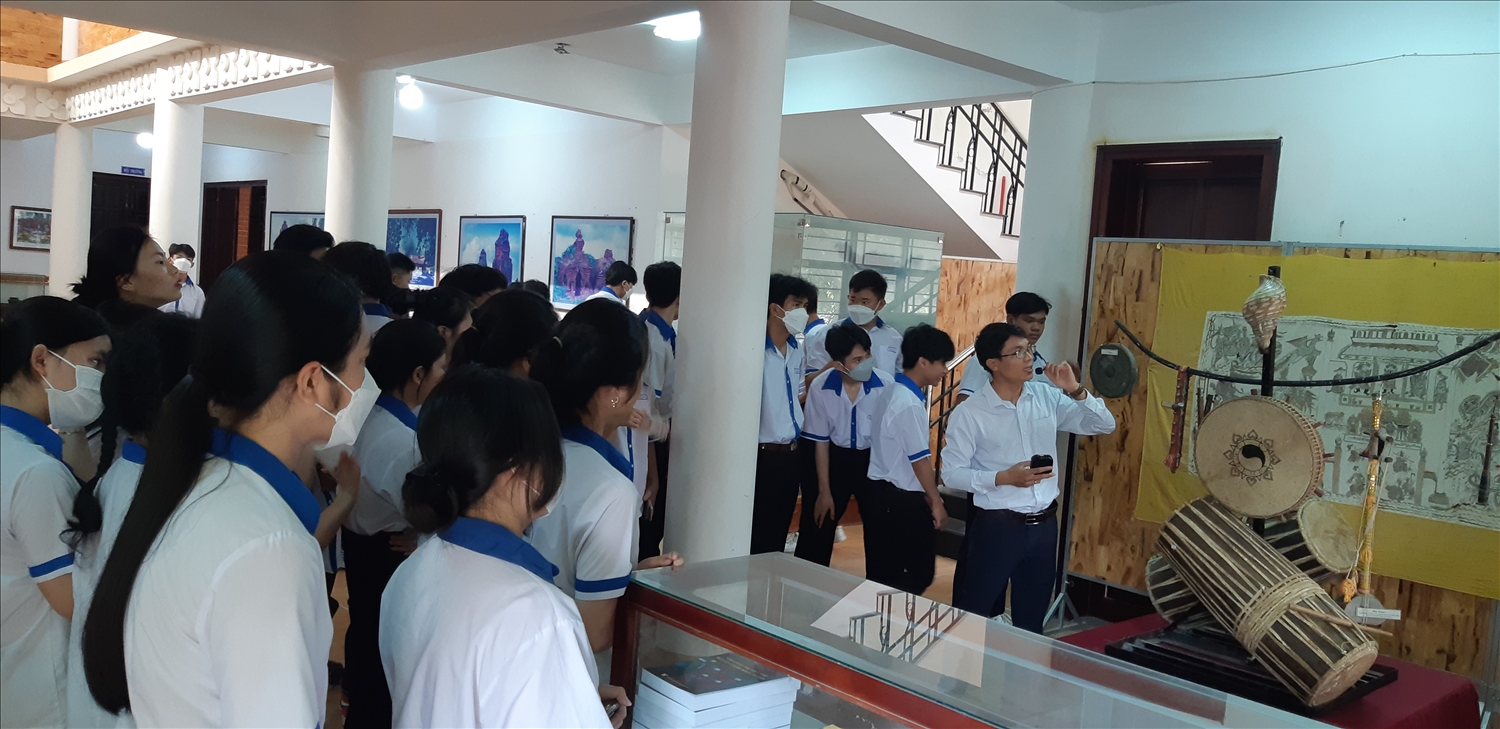
Presentation on musical instruments used in Rija ritual at Ninh Thuan Cham Cultural Research Center
The Po Ramê Dynasty left behind brilliant golden pages of history such as temple architecture and sculpture, irrigation system, Akhar Srah script, Rija ritual system, Kut worship. In particular, King Po Ramê himself advocated the localization of Islam into a local religion, in harmony and integration with Brahmanism. From there, unique cultural identity values were formed in the Cham community. Today, the ancient Cham cultural heritages are inherited and passed down by the Cham community, forming the cultural, ideological, religious and ideological foundations that form the system of family and clan cultural values.
Po Rame Temple has undergone many restorations, reinforced foundations with concrete and steel, and steps built to the tower in the east. Po Rame Tower is an attractive tourist destination and spiritual tourism experience for domestic and international visitors during the Kate Festival season and has been included in the list of National Intangible Cultural Heritage.
Source: https://baodantoc.vn/bao-ton-va-phat-huy-gia-tri-di-tich-den-thap-po-rame-1747408728521.htm


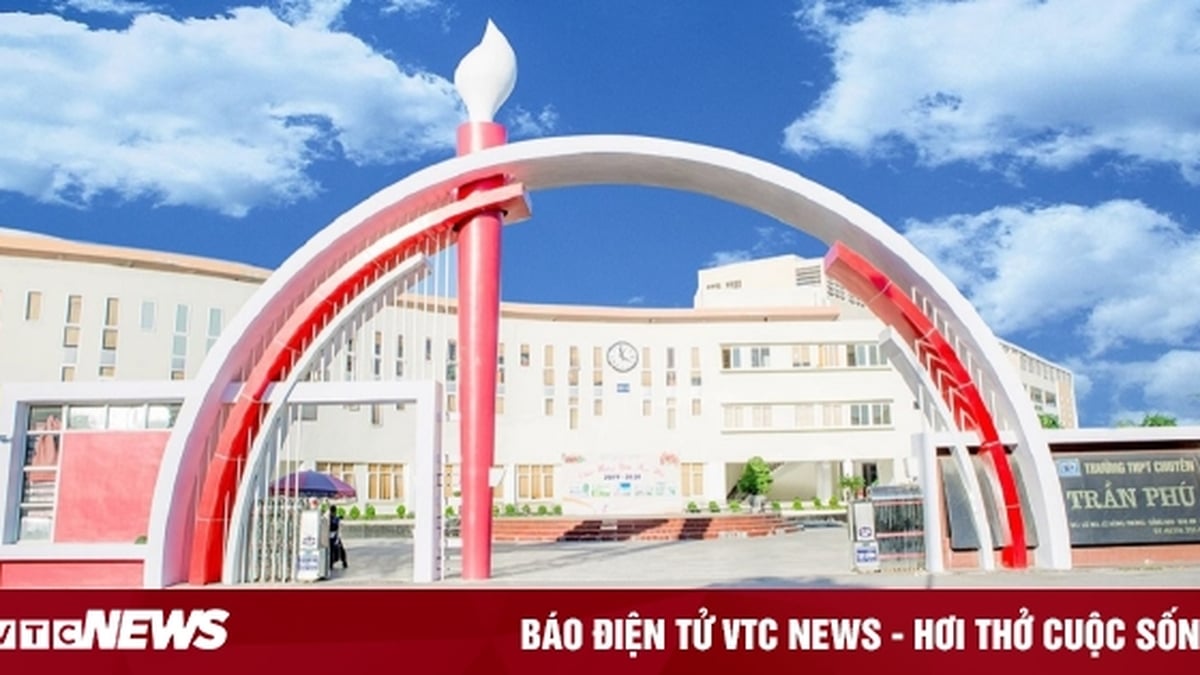


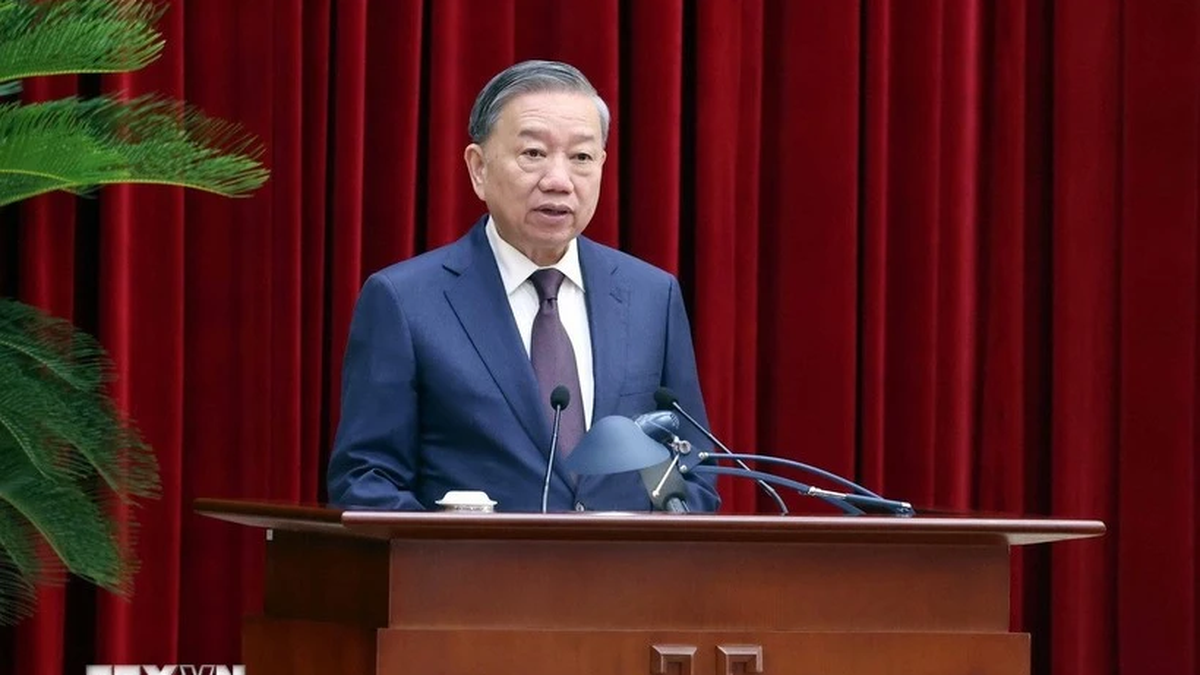
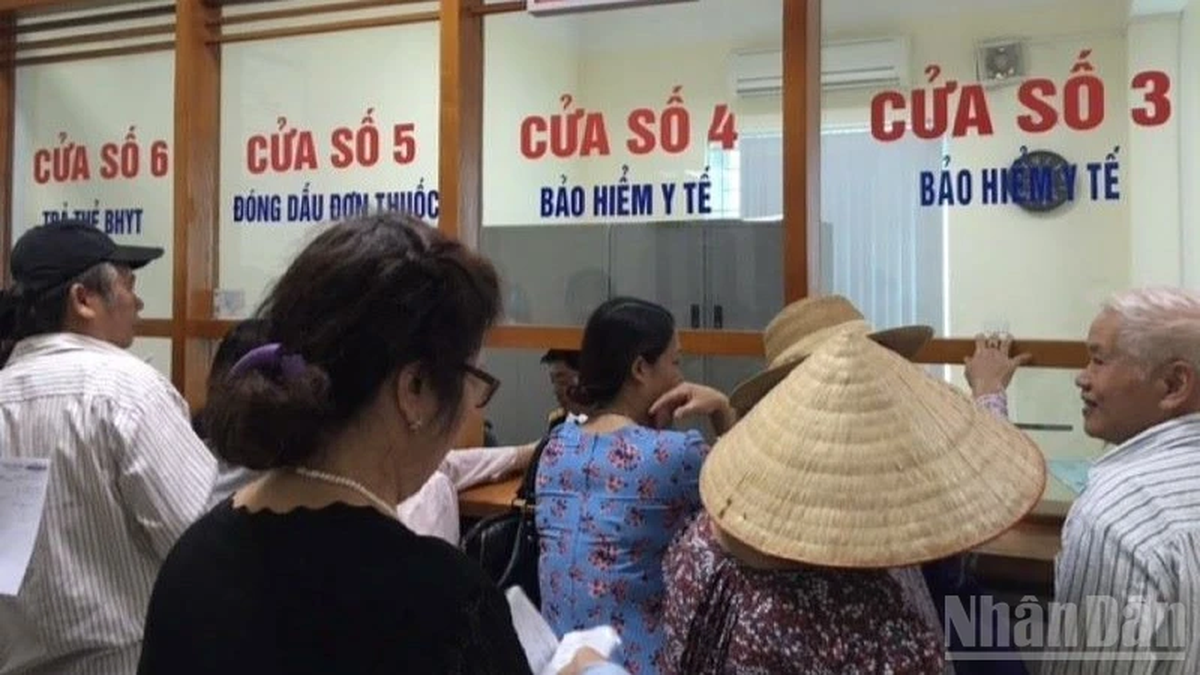
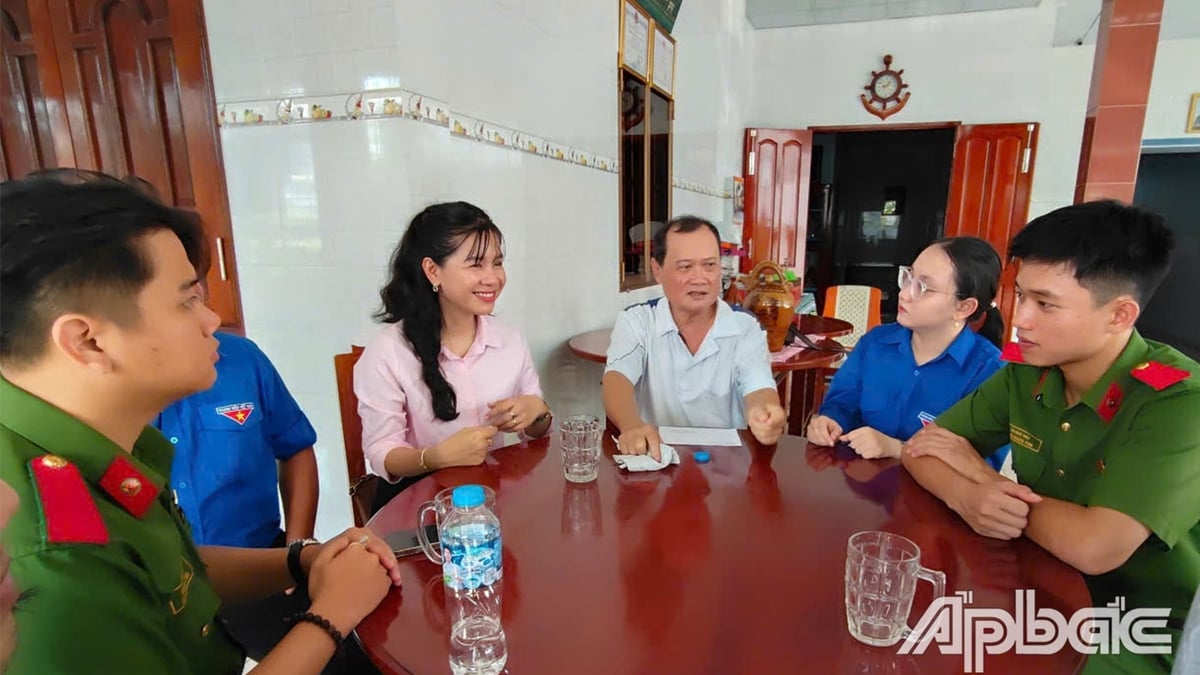
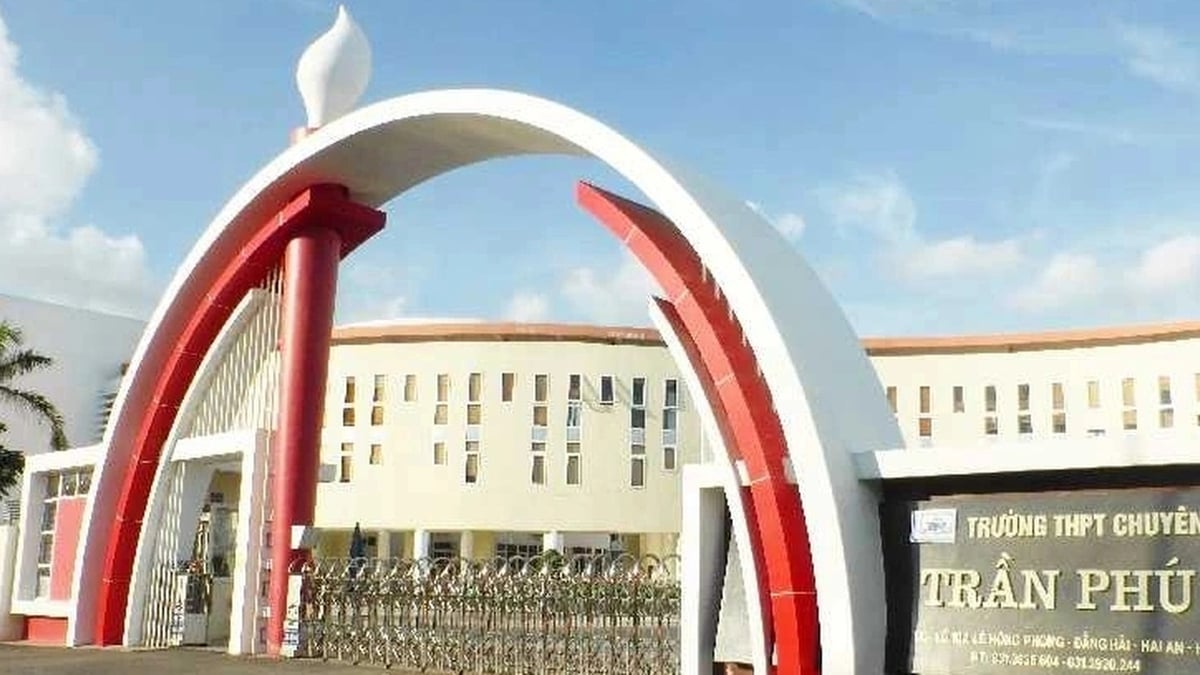

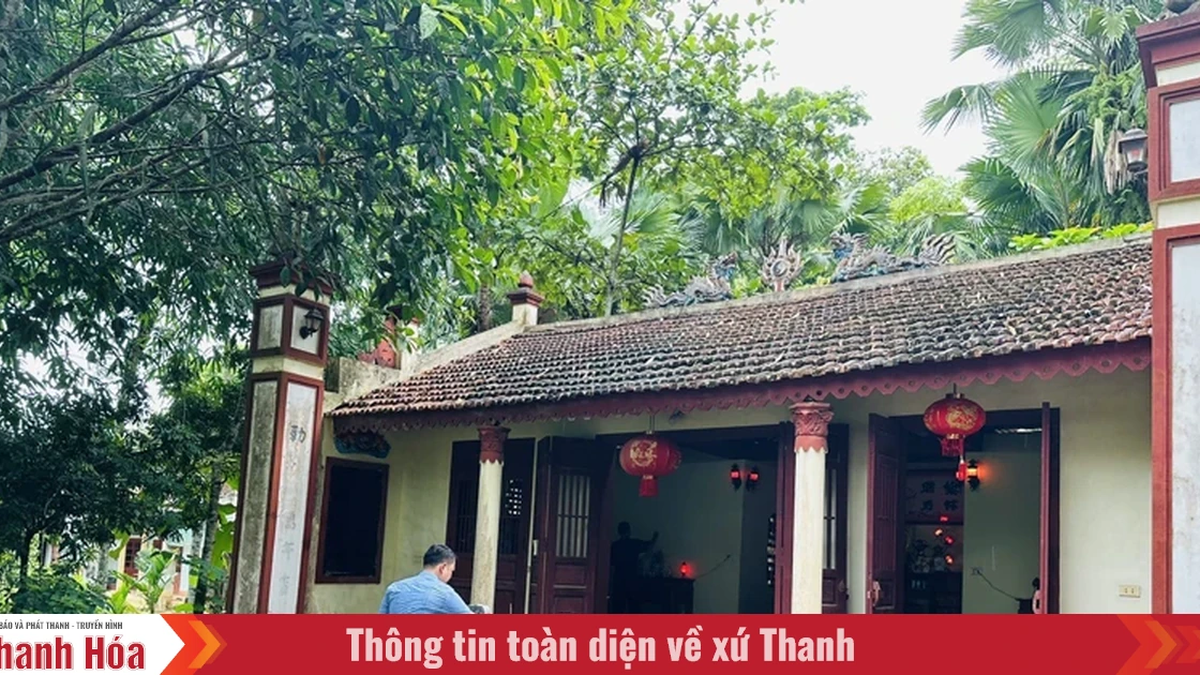



















































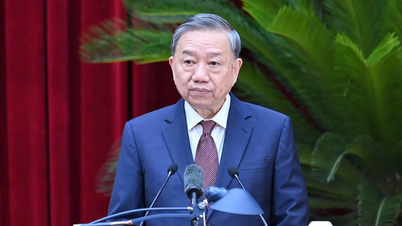
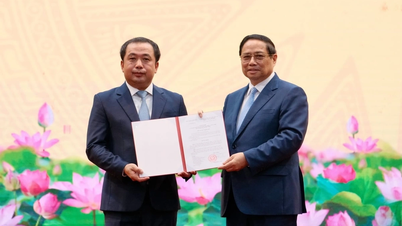





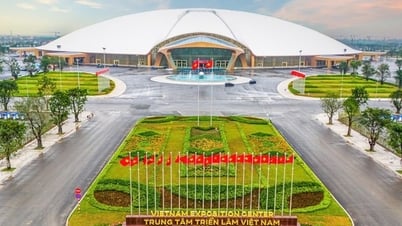
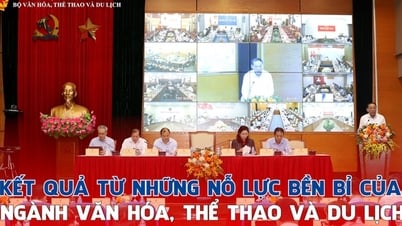
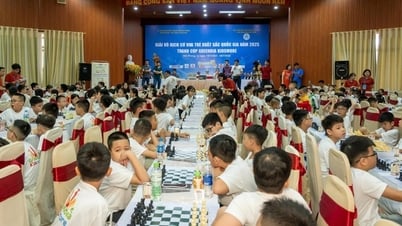
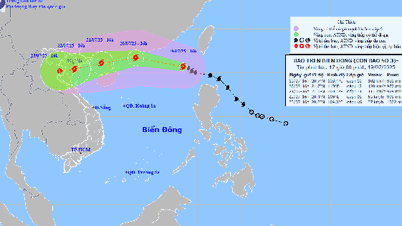

























Comment (0)